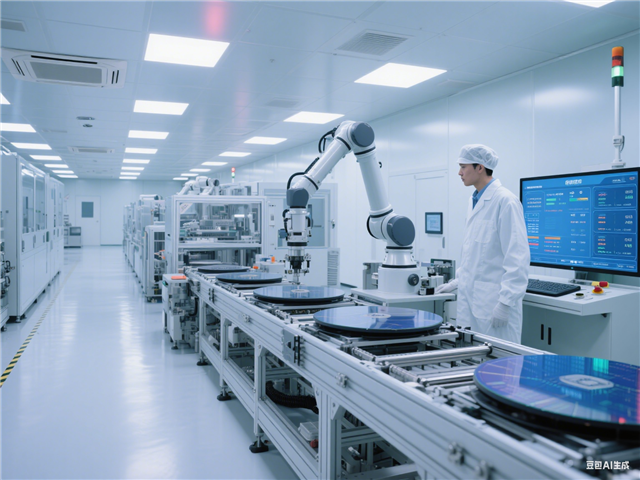The MOS electronics landscape is accelerating toward a pivotal year in 2025, with trends that could reshape how power engineers design, validate, and deploy solutions across automotive, AI, renewable energy, and beyond. As we navigate these changes, several critical questions are emerging—ones that hit close to home for anyone working on power management, semiconductor integration, or system-level efficiency. Let’s break down the key shifts and open the floor for your insights.

1. Power Semiconductor Economics: When "Next-Gen" Becomes Cost-Competitive
For years, the tradeoff between performance and cost has favored silicon-based power devices in high-volume applications. But 2025 may mark a turning point: emerging wide-bandgap materials are edging toward price parity—and even cost advantages—over traditional silicon IGBTs and super-junction MOSFETs in equivalent power ratings.
This shift stems from advancements in 8-inch wafer production and vertical integration, with some reports suggesting module costs dropping to 70% of imported alternatives while boosting system efficiency by 15%. For engineers designing EV powertrains or solar inverters, this raises practical questions:
- Has the reliability gap between newer wide-bandgap devices and mature silicon-based solutions truly closed?
- What design tradeoffs (thermal management, driver circuitry) become critical when switching from silicon to these materials?
2. Automotive-Grade Requirements: Beyond AEC-Q101
As EVs move to 800V platforms and autonomy adds safety-critical systems (brake-by-wire, ADAS), automotive MOS requirements are evolving. AEC-Q101 is table stakes—today’s designs demand millisecond response times at -40°C, failure rates below 10 PPM, and thermal resistance reductions of 40% via advanced bonding structures.
Validation in harsh environments (coastal humidity, extreme temperature cycles) is pushing suppliers to innovate packaging and material science. For engineers in automotive power systems:
- How are you balancing faster switching speeds with EMI control in 800V architectures?
- What field data have you seen on long-term reliability of newer automotive MOS solutions in high-vibration applications?

3. AI Data Centers: DrMOS and the Efficiency Imperative
The AI compute boom is driving unprecedented demand for compact, high-current DrMOS in server power supplies. With leading AI systems requiring 30% more power density per rack, 2025 is seeing 5x5mm DrMOS designs delivering 180A phase current—with dynamic response improvements of 50% to handle GPU load spikes.
Even small efficiency gains (0.8% in some tests) translate to significant OPEX savings for data centers, making power management a strategic focus. For power engineers in data center design:
- What’s your approach to thermal derating in dense DrMOS arrays?
- How are you addressing the tradeoff between faster transient response and EMI in next-gen AI power supplies?
4. Sustainability: Engineering for the Circular Economy
Regulatory pressures (EU’s 2026 lead-free mandate) and circular economy goals are pushing the industry toward recyclable materials, lead-free plating, and closed-loop manufacturing. Some initiatives target 85% material reuse by 2025, while salt-mist-resistant designs are cutting failure rates in coastal renewable installations by 70%.
For engineers specifying components:
- How do sustainability requirements (e.g., lead-free alloys) impact your qualification processes for high-reliability applications?
- Is recycled semiconductor material viable for critical systems, or does it introduce too much variability?
5. Material Innovations: Hybrid Designs and Beyond
Third-gen semiconductors are advancing alongside hybrid technologies—for example, combining different gate oxides to reduce GaN HEMT gate leakage by 1,000x, enabling 97% efficiency in 2400V applications. Meanwhile, 8-inch SiC wafer yields are hitting 85%, making mass adoption more feasible.
Early quantum computing breakthroughs (72-qubit, 1000-qubit systems) are also hinting at long-term disruption, though practical power management for quantum remains nascent. For engineers exploring next-gen materials:
- What hybrid material combinations have you found most effective for bridging performance gaps in high-voltage systems?
- How soon do you expect quantum-compatible power management solutions to move from R&D to production?
These shifts aren’t just technical—they’re reshaping design priorities, supply chain strategies, and even cost models. As power engineers on the front lines, your experiences and challenges can help the community navigate 2025’s evolving landscape.
What trends are you most focused on this year? Which technical hurdles do you see as most critical to overcome?

